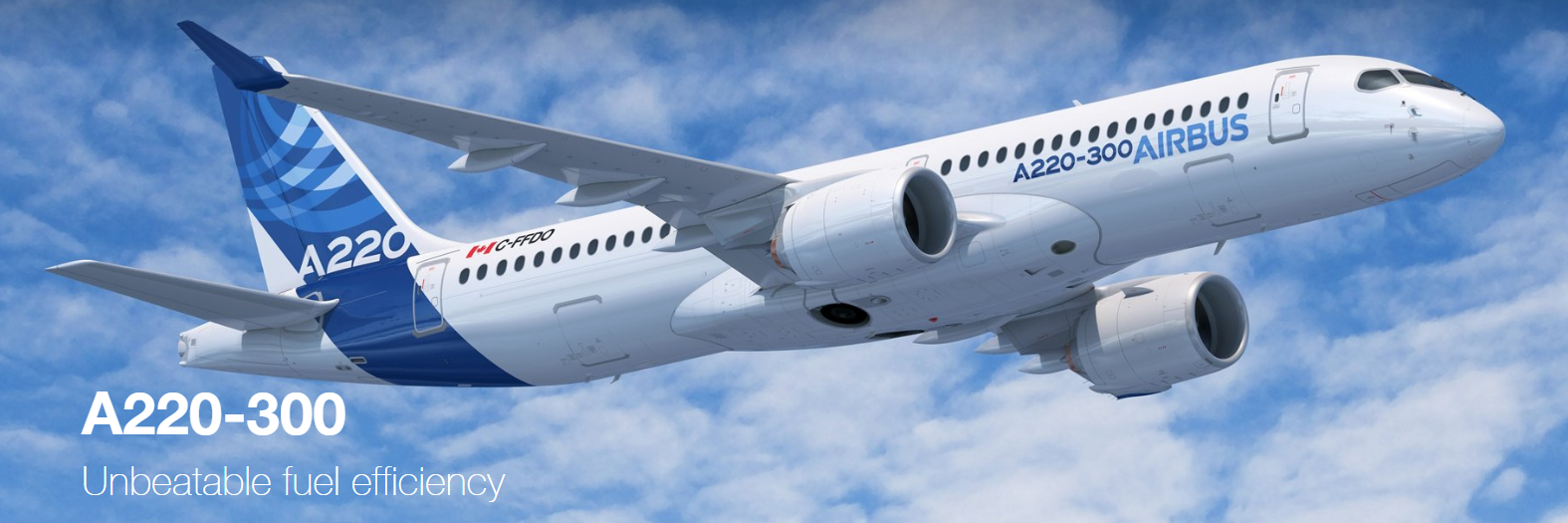
ANA becomes Japan’s first carrier with Airbus’ double-deck jetliner and joins airlines that use A380s to serve the Tokyo Narita – Honolulu route
Japan’s All Nippon Airways (ANA) today took delivery of its initial A380, which will serve the popular Japan-to-Hawaii routing – and is appropriately painted in a special livery depicting the Hawaiian Green Sea Turtle, also known as the Honu.
ANA becomes the world’s 15th operator – and Japan’s first – of this widebody passenger aircraft. It has ordered a total of three A380s.
Powered by Rolls-Royce Trent 900 engines, the jetliner features ANA’s very latest in-flight entertainment systems, as well as full connectivity in all classes. It will enable the airline to almost double the capacity between Japan and the U.S. island state of Hawaii, generating value for the airline.

As the world’s largest and most spacious passenger aircraft, the A380 will be operated on ANA’s popular Japan-to-Hawaii route.
“This marks a new milestone in our relationship with ANA – our longest-standing customer in Japan,” said Tom Enders, Airbus Chief Executive Officer, during today’s delivery ceremony at Toulouse, France. “We are confident the A380 will be a huge success in service with All Nippon Airways, and we remain committed to supporting the airline’s A380 operation – as we will for all operators of this magnificent aircraft.”
Each of ANA’s A380s will feature the special livery depicting the Hawaiian Green Sea Turtle. The no. 1 aircraft is blue, the second will be green and the third orange. This elaborate paint scheme covers a surface of 3,600 square metres and took the Airbus team 21 days to paint, using 16 different shades of colour.
With this character design of Honu, All Nippon Airways aims to raise awareness about environmental issues and contribute to saving sea turtles and the environment.
Shohei Hattori, ANA Corporate Planning Manager
“Customers around the world were asked to create an attractive design to be painted on Japan’s first A380 as part of a contest – and the Honu, a symbol of good luck and prosperity in Hawaii, was among the numerous ideas,” explained Shohei Hattori, the ANA Corporate Planning Manager.
Airbus’ longstanding relationship with Japan
The relationship between Airbus and Japan’s All Nippon Airways began in 1986, when the airline placed its first order for 20 single-aisle A320s, the first of which entered service in 1991. Since then, ANA has operated a fleet of A320 Family aircraft, consistently ranking among the top Airbus operators for technical performance and achieving more than 99.5% operational reliability with its latest A321neo fleet.
In recent years, Airbus also extended its operator base in Japan with ANA subsidiaries Peach Aviation and Vanilla Air, both of which exclusively fly Airbus A320 Family aircraft.
At the end of 2018, Airbus reached a milestone with 100 of its aircraft in Japanese operators’ service, representing 20% of total fleet flying in the country – with a target to reach 30% by 2020, and 50% in the long term.

As the first Japanese customer for Airbus’ double-deck jetliner, ANA’s no. 1 A380 bears the representation of a Hawaiian turtle – and will be part of promotions to save sea turtles and the environment.
The unique A380 experience
More than 230 A380s have been delivered to 15 airlines worldwide, with the jetliners operated on 120-plus routes and 60 destinations.
An estimated250 million passengers already have flown aboard the double-deck aircraft – and people actively seek out A380 flights for the unique travel experience. To assist passengers, Airbus created a dedicated iflyA380 website, where travellers can search and book their preferred flights – which now also include those operated by ANA.
Some 50% of weekly global A380 flights take place in Asia-Pacific – with flights performed within the region, to or from it, demonstrating that the jetliner offers the best solution for traffic growth in Asia.
As the world’s largest and most spacious passenger aircraft, the A380 is a favourite among travellers, with unmatched comfort and wider seats. For airlines, the jetliner has the lowest cost per seat of any competing widebody, delivering comfort and economic benefits and maximising revenue. With passenger traffic doubling every 15 years, the A380 is the solution to transportation growth and airport congestion, carrying more people with fewer flights at lower cost and reduced emissions.

As the first Japanese customer for Airbus’ double-deck jetliner, ANA’s no. 1 A380 bears the representation of a Hawaiian turtle – and will be part of promotions to save sea turtles and the environment.
Story and images from http://www.airbus.com





